Every year, there is a flurry of questions from newly minted MVPs about the annual MVP Summit. This year, more than 1,400 MVPs from 70+ countries will attend more than 700 sessions behind closed doors. As a veteran of nearly a dozen Summits, I’ve created this post to answer the commonly asked questions. Hopefully, it should provide a good bit of info on what to expect. Feel free to ask questions and/or post suggestions and ideas in the comments below. This is a living post.
Keep your MVP profile updated!
I can’t recommend enough about having your MVP profile up to date, especially the “Expertise and Interests” section. This section dictates what session areas you may attend at the Summit. Update it NOW! Also, other MVPs can use your profile to contact you. The first year I attended, I viewed the profiles of other MVPs in my expertise (Exchange, at the time) to learn more about my colleagues. I’ve also had some recruiters and potential customers call after viewing my profile. The MVP profile can be quite beneficial.
What to bring
Here is a list of things of the minimum items you should consider bringing:
- Camera – You’ll be meeting a lot of people, putting faces to names. There are a lot of social events and social networking opportunities in which to record the moment. Plus, there are some nice places to visit, or take pictures of, such as Mt. Rainier, Pike’s Place Market, etc.
- Business cards – As mentioned above, you’ll be meeting lots of people. If you’re in sales, tread lightly on the marketing push. Stick your cards (and any you receive from others) in the back of your Summit ID holder for easy access throughout the Summit. Don’t have business cards? Places like VistaPrint will print cards for you for as little as $10 USD.
- Cold weather clothing – Seattle weather during the Summit time frame can be predictable (rain), and unpredictable (snow). It can be fairly cold during the time of the Summit. Dress in layers to survive. Here is the weather forecast for the area.
- A tip from @NikitaP: Wear comfortable shoes. I agree. You’ll do a fair amount of walking, and LOTS of socializing while standing at the various events and venues.
- A suitcase with extra space. You’ll get a Summit shirt, you’ll go to the company store, and some product groups give out gifts. There is also the public Microsoft Store at the Bellevue Square, a nice mall near the Summit hotels.
- Laptop or iPad for taking notes during technical sessions and keynotes. I recommend Microsoft OneNote, which is available on both the PC and iOS platforms, and runs great on tablets.
- If you’re coming from another country, bring a suitable power adapter to use for your gear in the U.S. If you run a Mac, check out the Plug Bug World. It converts your stock Apple MagSafe power adapter to be world-wide compatible. Plus, it adds a USB charging port. I love mine.
- Your MVP number. If Microsoft hasn’t received your signed NDA form yet, you may be required to sign one before you’re allowed into the event. The form requires your MVP number.
- If you’re from outside the country, check your cell phone’s data plan and roaming limitations. Don’t get caught with an unexpected costly mobile bill.
Arrive early, stay late – dinners, parties and extra events
I recommend padding the summit time frame by a day on each end to allow for extra sight-seeing, additional events, and shopping. Some product groups will have extra sessions, and those take place before or after the regular summit days. If your product group is doing this, you’ll know in advance.
There is a Welcome Reception, a product group event (usually a dinner event), and generally some third-party events like Party with Palermo (a developer based event). In previous years, there was also an Attendee Party. Many of the various groups informally meet at local establishments during the evenings, as well. You’ll stay busy at this event, I guarantee!
Increasingly over the past few years, Twitter has been a busy tool for keeping track of your friends and colleagues at Summit. It’s a great tool for figuring out what trendy bar all of your mates are at.
See the list of official events at https://www.mvp.microsoft.com/en-us/Summit/Agenda.
Keynote speeches
Note: There are no scheduled keynotes for Summit 2016. This section is merely for reference.
There are Q&A sessions at the end of each keynote. Here are some guidelines that will avoid people throwing things at you (or at least letting out a groan):
- Introduce yourself with your name and MVP area. Avoid anything else.
- Make it quick – ask a single question. I’m reminded of the scene in “Back to School” with Rodney Dangerfield where the professor says he “has but one question – in 27 parts”. Don’t hog the time, others have questions, too.
- And I hate to say this, but the fact is, if your English isn’t very strong, consider having someone else ask your question, or don’t ask at all. Keynotes are always in English. Every year, someone will ask some questions that very few people can understand due to a language barrier. That leads to awkwardness and unanswered questions.
- Don’t ask deep technical questions. The people giving the keynote and answering questions aren’t likely going to know WHY Exchange isn’t running on SQL.
- Don’t ask for autographs or selfies.
- Don’t bring things to give to them. Those crazy Canadians started that and it got out of control one year (although they do look sharp in their red hockey jerseys).
Engaging the product group
There are some opportunities to engage the product group for your area of expertise. This includes during technical sessions, product group events like dinners, as well as unofficial events. Keep in mind that interaction with the product group should be handled professionally. While it’s important to discuss concerns, please respect their time and efforts. Remember, having access to the product group is a privilege, and you’d be surprised how quickly they stop answering your questions and requests for help if you’re constantly (or worse, publicly) berating of their accomplishments. Also keep in mind that not every person in the product group happens to be in the Redmond area during the Summit time frame. So don’t get angry if the person responsible for your favorite (or despised) feature isn’t there.
Company store
There is an opportunity to take a trip to the company store. It is located right where the hotel buses drop you off on campus. You’re generally given a voucher when you pick up your credentials that allows you to spend up to a specific amount ($120 USD) OF YOUR OWN MONEY on licensed materials such as hardware and software. These are regular consumer products available at employee pricing. You cannot exceed the amount on the voucher, so don’t think you’re gonna get an Xbox console on the cheap. The voucher is generally valid to purchase from a special site online as well (for a limited time), and have the items shipped to you. In the past, if you use part of the amount on your voucher, they take the voucher, and you can’t use “what’s left” of it. Choose accordingly.
You can purchase as much as you want of the other items, including clothing, bags, books, novelties, and other swag. As mentioned above, plan accordingly. Make sure you have room in your suitcase to take the stuff home. Nothing worse than getting a killer deal on something, then having to pay to check another bag on your flight home.
For more information, see the official FAQ section on the company store.
Internet access
Here’s the bad part. The WiFi inside the Microsoft buildings can be sporadic due to the sheer demand, although it has been getting better in recent years. If you can tether via cell phone, or you have an air card/MiFi, keep those handy. Don’t plan on streaming videos, and even doing VPN connections can be very problematic over the guest WiFi. The hotels provide complimentary WiFi in the guest rooms and common areas.
Dress code
There isn’t one. Casual is generally what people wear, with the majority wearing jeans & button down shirts, or golf/polo shirts. Many people wear shirts and jerseys from previous Summits. See my comments above about dressing warm.
Car rentals
Don’t bother. It’s too expensive, and, unless you plan on doing a bunch of tourist stuff, you won’t use it. Keep in mind that hotels will charge you a horrendous fee to park each night. Shuttle buses will take you from official Summit hotels to official Summit events, such as sessions on campus, the Welcome Reception, etc. In the Seattle, Redmond, and Bellevue areas, Uber is very well established. If you’ve never used Uber before, there is one thing to remember. You can’t tip from within the Uber app. Some people don’t tip, others tip in cash.
Transportation
From the airport, take a taxi or shuttle bus. Many people will coordinate with others and split the bill. Some people recommend the Gray Line, and I’ve used Shuttle Express which typically makes stops at all of the hotels used by Summit attendees. I believe one-way trips are in the $20 range for both. It can easily take 30 minutes (with average traffic) to get from the airport to the hotels.
As mentioned previously, transportation to/from hotels and official Summit locations, including the Attendee Party, is provided by Microsoft. I believe information about that is listed on the Summit website. Many of the “hangouts” in the Bellevue area are all within walking distance from the hotels.
For more information, see the official FAQ section on transportation.
Social networking, NDAs, and such
It’s generally acceptable to mention where you are (check-in). But you are under NDA during the technical sessions, so don’t even THINK about posting ANYTHING you see or hear during official events such as keynotes, sessions, official events, etc. Microsoft monitors social networks during the event, and people have lost their MVP status in the past for tweeting/posting info that was covered by NDA. I would recommend not discussing technical information in public areas, either. Even product code names and internal reference names are taboo in public. I mentioned near the top about bringing cameras. Tread lightly here.
Previously, I’ve seen people win items simply by checking in via Foursquare when going to the public Microsoft Store. There is also a downtown Seattle badge on Foursquare.
Also, the MVP program has Facebook and Twitter feeds to follow (including the #MVP18 hashtag for the Summit, and #MVPBuzz for the program in general). The MVP program also has a blog.
Hotels
If you’re rooming with someone you haven’t roomed with before, and you snore, buy your roomie some drinks. Someone suggested bringing tennis balls they can lob at you to help stir you a little. Interesting suggestion.
Places of interest
Space Needle – Part of the Seattle skyline, visit the Space Needle and see forever from the observation deck.
Puget Sound Tour – This water based tour goes around Puget Sound and shows the visitor many interesting points of history, including the residence of Mr. Bill Gates.
The Museum of Flight – One of the MVP Summit events was held here a few years ago. Very fun and interesting. See a lot of airplanes from various generations and purposes.
Underground Tour – The Bill Speidel Undeground Tour is a leisurely, guided walking tour beneath Seattle’s sidewalks and streets. As you roam the subterranean passages that once were the main roadways and first-floor storefronts of old downtown Seattle, our guides regale you with the stories our pioneers didn’t want you to hear. It’s history with a twist!
Pike Place Market – See the fish throwing, visit the various markets, and have some food with a great view.
Misc
A great tip from @callkathy – Connect with people outside your expertise. Sit with other people on the bus and at meals.
Another great tip, this one from @AlvinAshcraft – Use FourSquare to find other MVPs.
Microsoft has a pretty decent FAQ page that answers many questions. Check it out.
Have fun!
You will meet new friends, technical contacts, and people who will help you succeed. You’ll finally be able to put faces to the names of people whose blog and Twitter feeds you follow.
If you have any questions about the Summit, please feel free to contact me on Twitter (@PatRichard). Have fun!
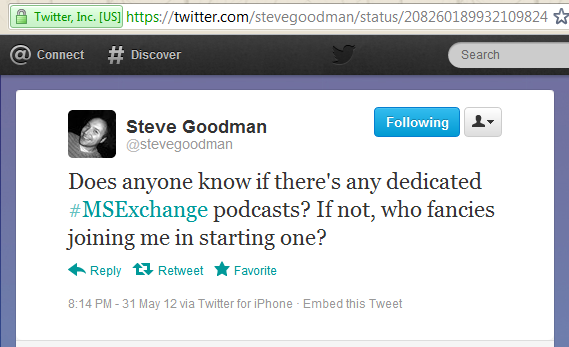





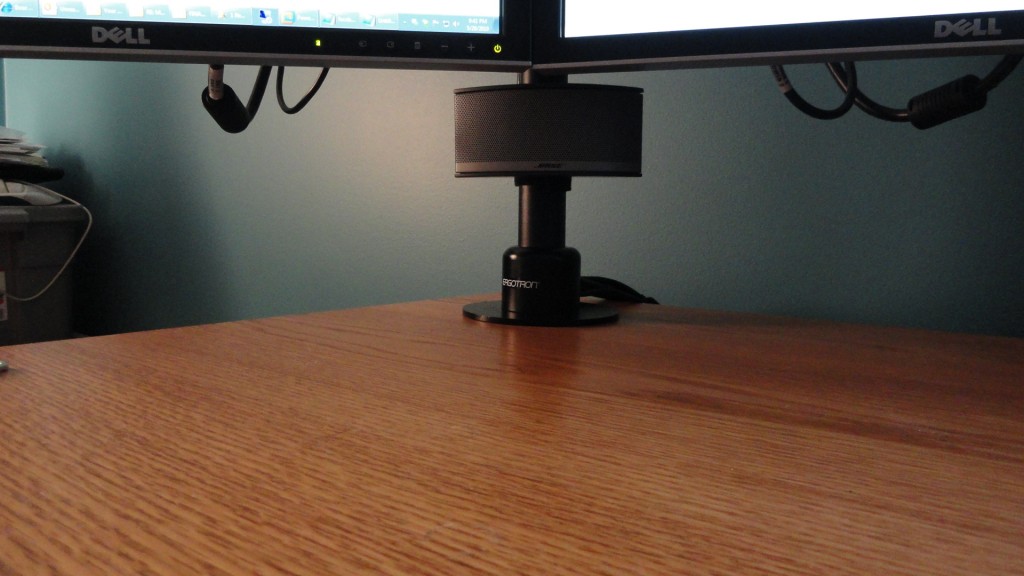
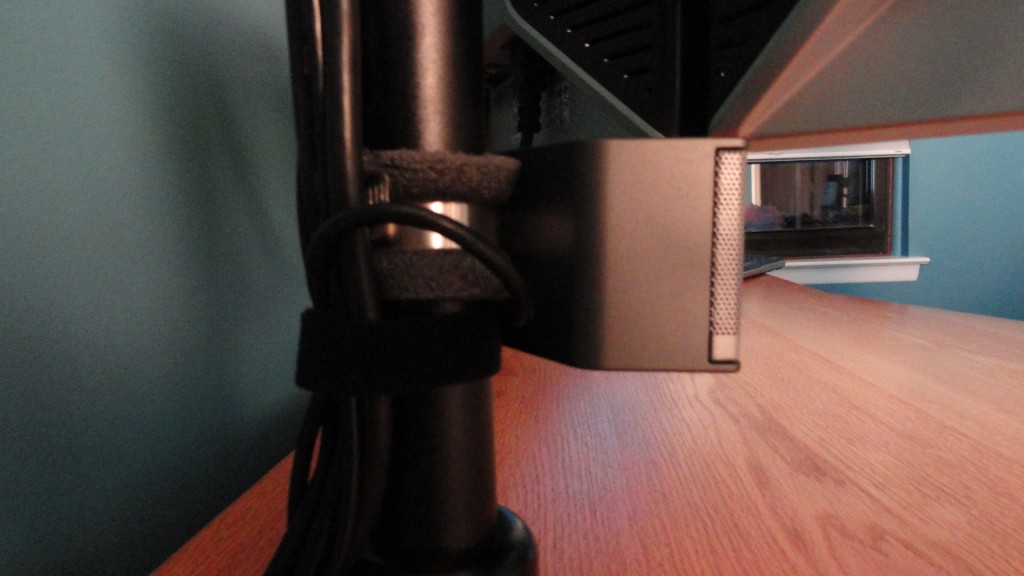
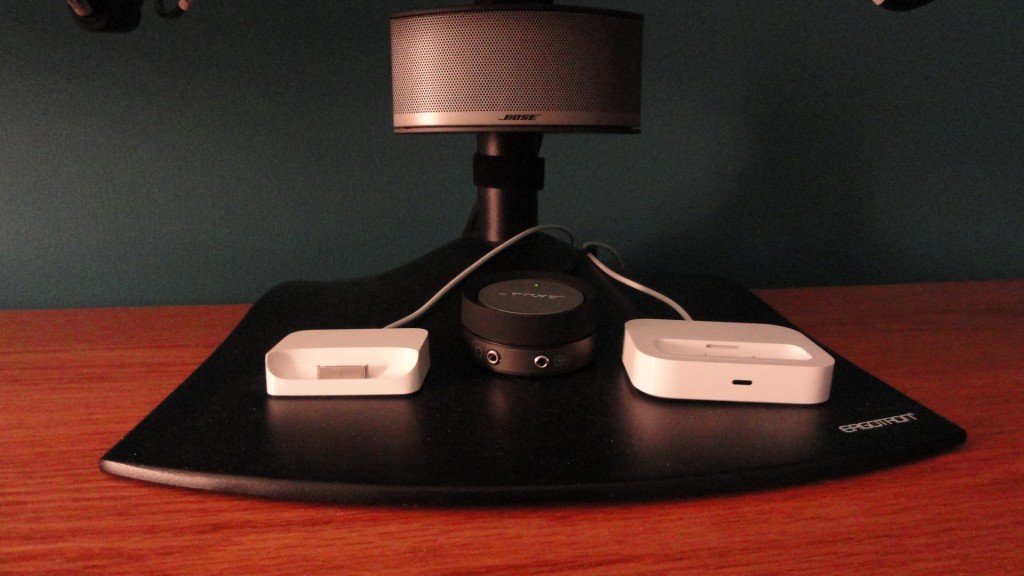
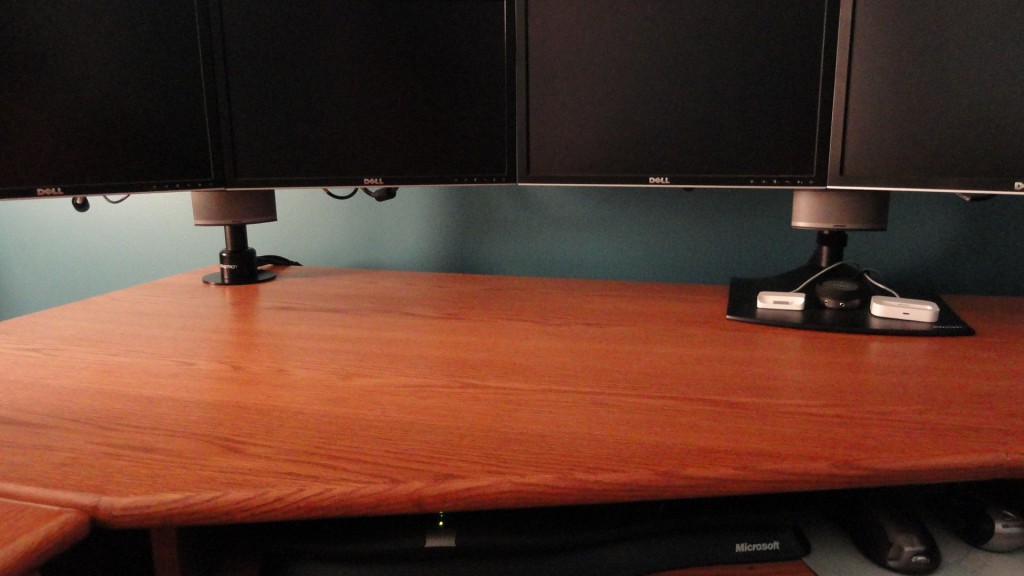




Follow Me